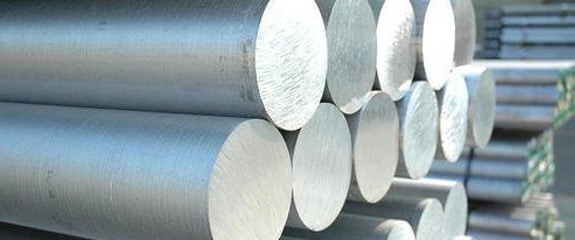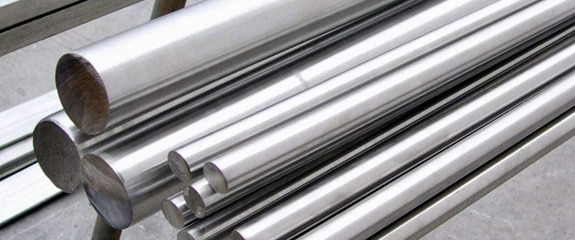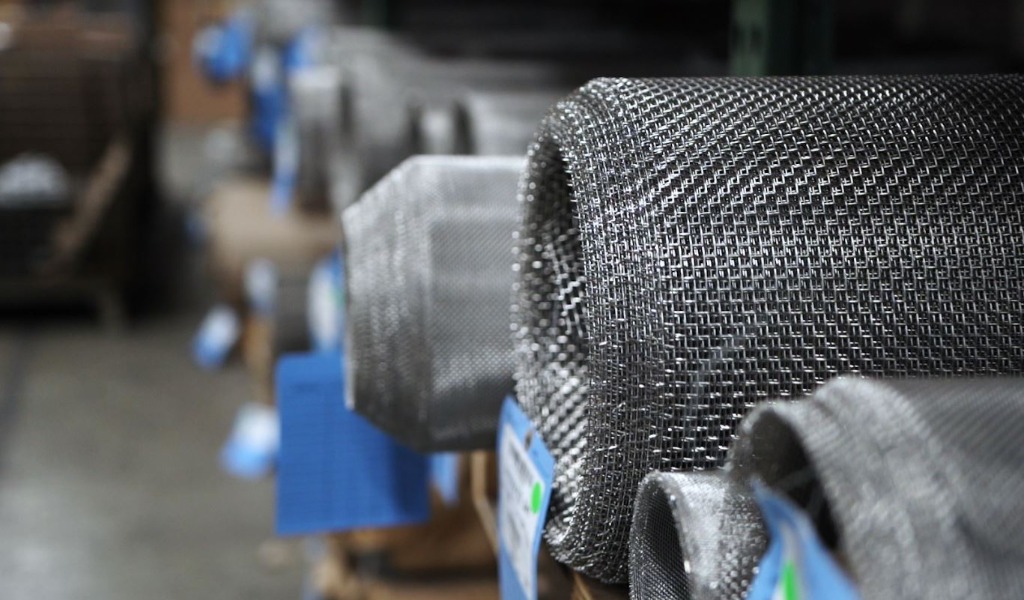Aluminum vs Stainless Steel Wire Mesh: What Works Best?
In the early 1800s, chemist Sir Humphry Davy discovered that a piece of wire cloth could help the functionality of miners' safety lamps. This increased the demand for woven wire mesh and projected the wire mesh industry.
During the initial years, wire mesh was woven using materials like brass, which was relatively inexpensive compared to alloys like stainless steel. But as time went on, we saw a changing of the guard, and stainless steel became the more affordable and widely used alloy used to weave wire mesh.
But just because it is widely used doesn't necessarily mean it's the right choice for you. To achieve the best result, you must understand how stainless steel compares to other alloys, such as aluminum.
W.S. Tyler has been a respected entity within the wire mesh industry for over 140 years. We take pride in educating those interested in wire mesh on everything they need to know to create optimized solutions tailored to their needs.
With that, we wrote this article to help you better understand the differences between aluminum and stainless steel wire mesh. You will learn:
- What aluminum is
- The benefits of using aluminum wire mesh
- What stainless steel is
- The benefits of using stainless steel wire mesh
- Which of the two alloys makes sense for you
What Is Aluminum?

Much like nickel wire mesh, aluminum is an alloy that naturally exists within the periodic table of elements. It is known to bind with other chemicals easily; thus, aluminum in its pure is not seen naturally despite being one of the most prominent elements on the planet.
When using aluminum to weave wire mesh, W.S. Tyler will use one of three variants: 1100 aluminum (pure), alclad 5056, and 5056 aluminum.
What Are the Benefits of Using Aluminum Wire Mesh?
One of the most widely known benefits associated with aluminum is the fact it is lightweight. This is particularly true compared to other, more widely used alloys like stainless steel.
This can help reduce the stress inflicted on and throughout your machinery.
Aluminum also has the ability to create a protective layer of aluminum oxide when subjected to oxygen. This, in turn, helps aluminum resist various forms of corrosion.
Wire mesh woven from aluminum will also deliver better heat conductivity than stainless steel. To that end, aluminum features properties that make it a great electrical conductor.
Along with being lightweight, aluminum is widely known for its malleability. This allows aluminum wire mesh to be formed in customized components with ease.
What Is Stainless Steel?

Stainless steel is a steel alloy that meets the required carbon composition threshold while also containing chromium. The chromium within all stainless steel alloy does not generally exist in steel by itself.
Instead, it is incorporated on a molecular level when steel is in a molten state.
With properties experimentally calculated over the course of several decades, stainless steel is one of the most widely used alloys used to weave wire mesh. That said, W.S. Tyler will typically use a 300 series or 400 series stainless steel to weave wire mesh.
300 Series Stainless Steel Alloys:
- 304
- 309
- 310
- 316
- 317
- 318
- 321
- 330
- 347
400 Series Stainless Steel Alloys:
- 430
- 446
With a handful of different stainless steel variants to choose from, it should be noted that 304 and 316 are the most widely used.
What Are the Benefits of Stainless Steel Wire Mesh?
As stated above, all stainless steel contains chromium. Not only does this allow the alloy to be categorized as stainless, but it also makes it highly resistant to corrosion.
This includes corrosion from various alkaline and acidic substances present during industrial applications.
Stainless steel also has the capability to withstand high-heat conditions. It can maintain its performance when subjected to extreme heat as it combats oxidation.
But possibly the most critical property of stainless steel, compared to aluminum, is its durability. Whether subjected to high-impact situations or variations in temperature, the individual wires of stainless steel wire mesh will maintain their integrity for much longer than nickel.
What Alloy Should I Use?
The alloy you use to weave your wire mesh is critical to its performance and longevity. This is why it is critical that you choose the right one.
As it is a fairly soft alloy, aluminum is typically reserved for applications that value a corrosion-resistant mesh that is lightweight over strength. But if durability is essential to the success of your operation, stainless steel may be the better choice.
That said, stainless steel's high threshold for heat can make welding difficult if a low-carbon stainless steel is not used.
Weave Your Wire Mesh With the Right Alloy
While stainless steel is the most widely used alloy used to weave wire mesh, it's not always the right choice. Sometimes applications call for specific requirements, and alloys, such as aluminum, must be used to accommodate these requirements.
Now, if your application will subject your wire mesh to high-impact, corrosive conditions, the durability of stainless steel may perform best. But if your application can benefit from a lightweight wire mesh without sacrificing corrosion-resistant capabilities, you can consider using an aluminum alloy.
But, as stated above, the needs of your process dictate what alloy you use to weave your wire mesh. For this reason, you should understand how each alloy available to you fits within your process and industry.
Having helped engineers, system operators, and everyone in between navigate the wire mesh industry for over 140 years, W.S. Tyler strives to ensure your wire mesh solutions produce efficient results you can proudly stand behind.
To learn more about the other alloys you can use to fabricate your wire mesh solutions, read the following article:
About Ronnie Brown
Ronnie is the Content Writer for W.S. Tyler and has four years of experience as a professional writer. He strives to expand his knowledge on all things particle analysis and woven wire mesh to leverage his exceptional writing and graphic design skills, creating a one-of-a-kind experience for customers.




